Column: Changing our lives is scary. But the climate crisis is way scarier
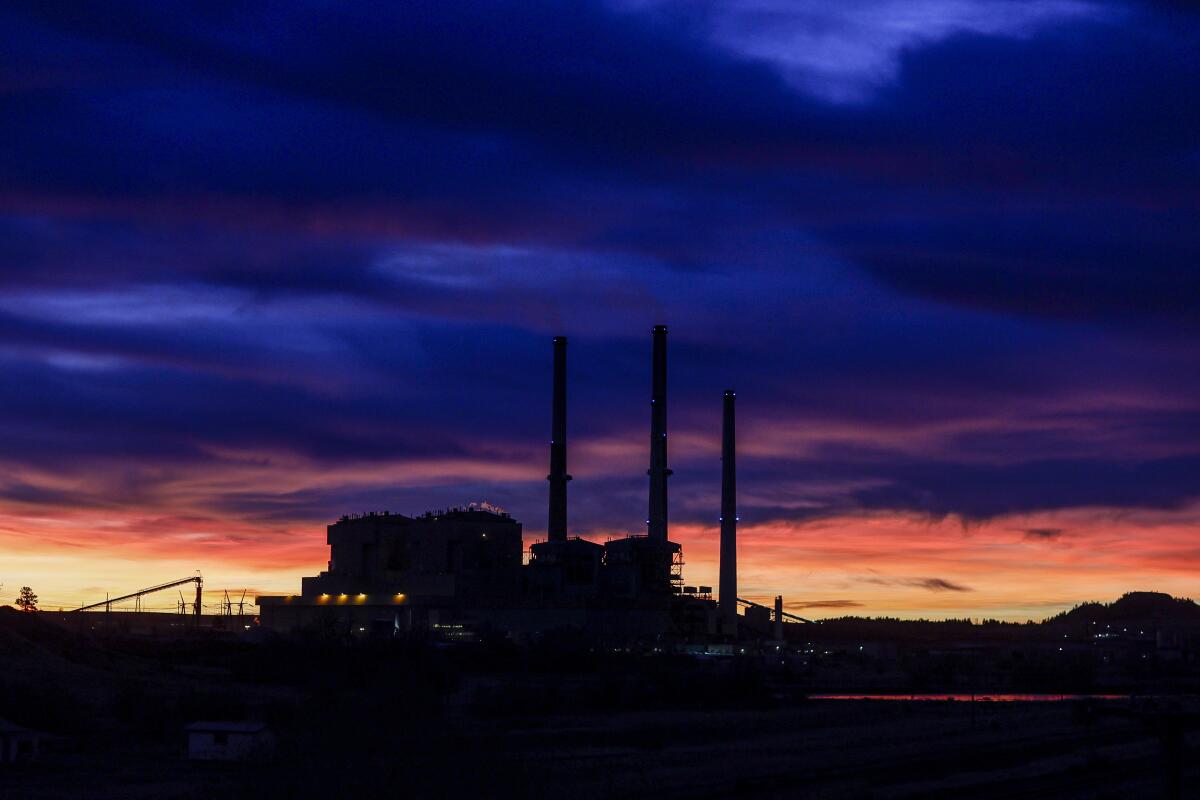
- Share via
“I want you to stop changing your lives, OK? We’ve been conditioned to think that change is good and exciting, but what if it’s not? What if it’s actually bad and very, very dangerous?”
So says the Janitor, played by Neil Flynn, in one of the final episodes of my favorite TV show, “Scrubs.” It’s a silly-but-serious line that left a deep impression on me when I was a 16-year-old living a happy, healthy, fulfilling life, already averse to change.
Even today — as I spend many of my waking hours reporting on the deadly heat waves, wildfires and floods of the climate crisis — the idea of keeping things exactly as they are has a certain appeal. The Janitor’s words continue to resonate with me.
You're reading Boiling Point
Sammy Roth gets you up to speed on climate change, energy and the environment. Sign up to get it in your inbox twice a week.
You may occasionally receive promotional content from the Los Angeles Times.
Yet as I’ve traversed the American West over the last two years with my L.A. Times colleagues, exploring how the transition from fossil fuels to cleaner energy is reshaping sensitive ecosystems and rural communities, one lesson has risen above the rest: If we don’t embrace change now, while we still have a choice, far worse changes will eviscerate us later.
That lesson crystallized for me over the last few months, as I wrote about a Montana coal town struggling to accept that its West Coast customer base no longer wants coal power — you can read my full story here — and as I struggled personally to figure out what kinds of stories I want to tell going forward, after a decade of reporting on challenges facing the energy transition.
Let’s start with Colstrip, a city of 2,000 people in southeastern Montana.
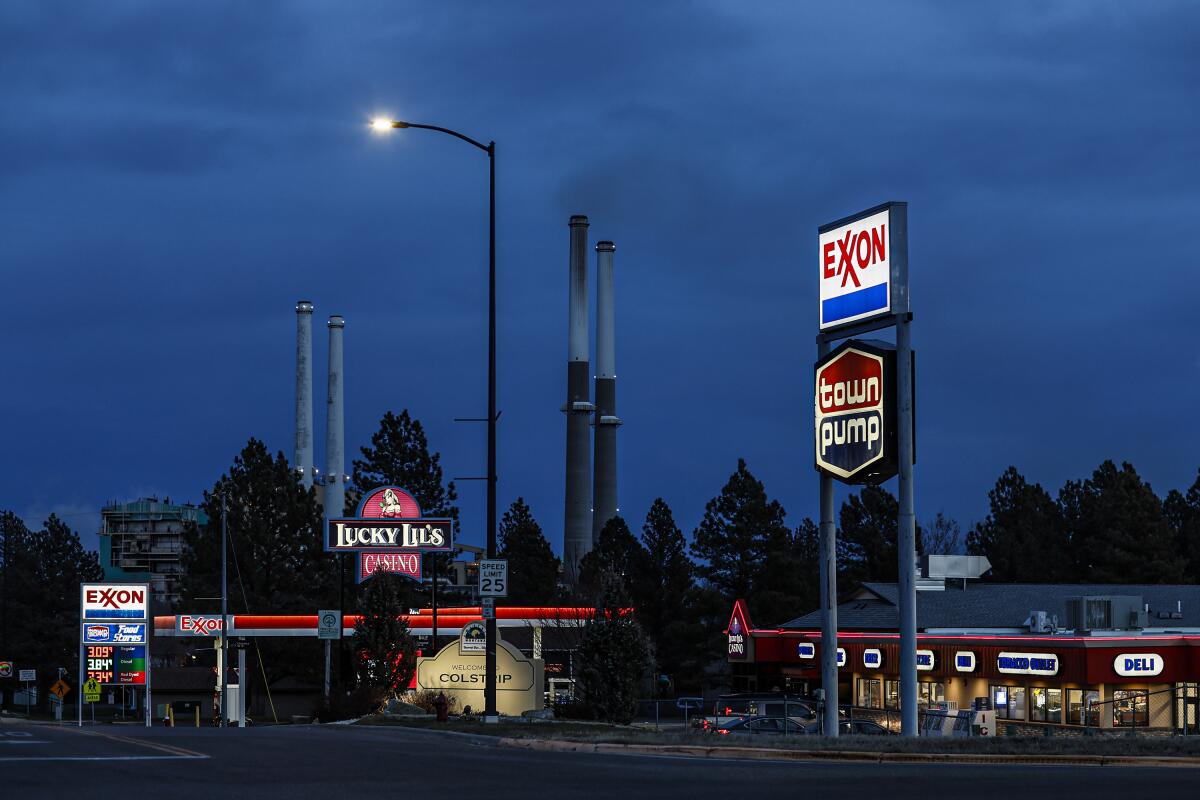
I spent a few days there in December, and I’ve got nothing but sympathy for residents. Coal is their everything. A mine and major power plant — plus a smaller power plant — collectively employ about 600 people. If I lived there, I’d probably be fighting to keep the coal industry alive, for myself and my friends and neighbors. I might even question climate science.
“Change begets change begets change,” warned the Janitor.
Folks in Colstrip and similar towns are justifiably worried that if big cities replace fossil fuels with renewable energy, their lives will change for the worse. They’re not totally opposed to wind and solar, but they’re skeptical those technologies will ever fully replace fossil fuels, in terms of the bountiful jobs, tax revenues and other economic benefits that coal, oil and gas have provided.
I saw a related phenomenon at work in California’s Imperial Valley, one of the West’s most productive agricultural regions.
Some farmers don’t think their neighboring growers should be allowed to replace fields of cattle feed and vegetables with solar panels, even though farm-to-solar conversions can save drought-depleted Colorado River water and slow global warming. Why are those farmers upset? Because they see industrial solar projects as a threat to their longstanding agricultural way of life.
Variations of the same aversion to change are at work in Nevada, where conservationists are working to block solar projects that would destroy desert wildlife habitat they’ve dedicated their lives to safeguarding. And in Wyoming, where some lawmakers have spent nearly 15 years trying to slow wind energy development. And in Idaho, where ditching fossil fuels almost certainly won’t be possible without hydropower dams — a frustrating reality for environmental activists committed to tearing down dams.
Please understand that I’m sympathetic to all of those concerns. That’s why I’ve spent the last decade reporting on them. As I’ve written previously, there’s no such thing as a perfect climate change solution. Even climate-friendly energy has its warts.
The problem is that dramatic changes are coming whether we want them or not. In fact, they’re already here.
Deadlier heat waves. Bigger, more destructive wildfires. Stronger droughts. Stronger storms. Infectious diseases spreading more easily and popping up in new places. Even for me, a climate reporter, it’s hard to keep track of the places that rising temperatures are reshaping Earth and human civilization, from refugee flows and food production to California’s precarious coastline.
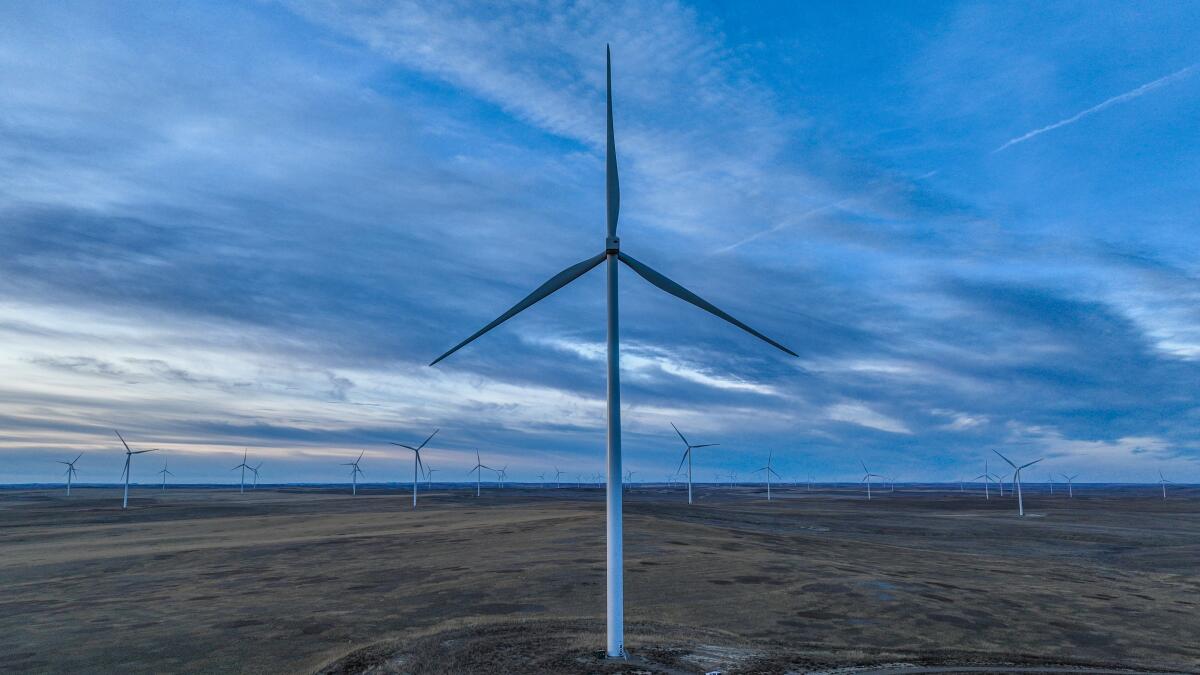
In an ideal world — God, I wish we lived in an ideal world — we would have started cutting carbon dioxide and methane pollution decades ago, instead of falling prey to fossil fuel companies and their disinformation campaigns. That didn’t happen. Change was too scary to Exxon’s investors, so they kept America’s politicians glued to the world they knew and loved.
Cue the climate emergency. Cue our current predicament.
We should do everything we can to minimize unpleasant changes as we solve that predicament.
That means putting solar panels on as many houses and parking lots as we can, and also on irrigation canals, highway medians and other strips of land already torn up by humans, to minimize the number of sprawling solar and wind farms we need to build. It also means upgrading long-distance electric lines to transmit more renewable power, to limit the need for new lines.
For fossil fuel towns such as Colstrip, it means investing federal dollars to retrain coal, oil and gas workers for new jobs installing solar panels, cleaning up coal mines and restoring wildlife habitat damaged by decades of logging and other heavy industry.
As for farmers terrified of losing their agrarian lifestyle when solar developers move in next door? I’ll admit I have (relatively) less sympathy here. Agriculture is one of America’s most heavily subsidized and least strictly regulated industries. And in the Western U.S., farmers use copious amounts of an ever-more-precious resource, water, especially to feed beef and dairy cows.
So to the extent we can build more solar projects on farmland? Awesome.
That’s far from a comprehensive list of win-win climate solutions. I’m currently reading “Total Garbage,” an excellent book by the Pulitzer Prize-winning journalist Edward Humes about changes we can make in our everyday lives to limit waste and improve our health, such as using fewer throwaway plastics, growing our own vegetables and driving electric golf carts. (Seriously!)
But at least when it comes to energy and the power grid, my own view is that we need to start making trade-offs.
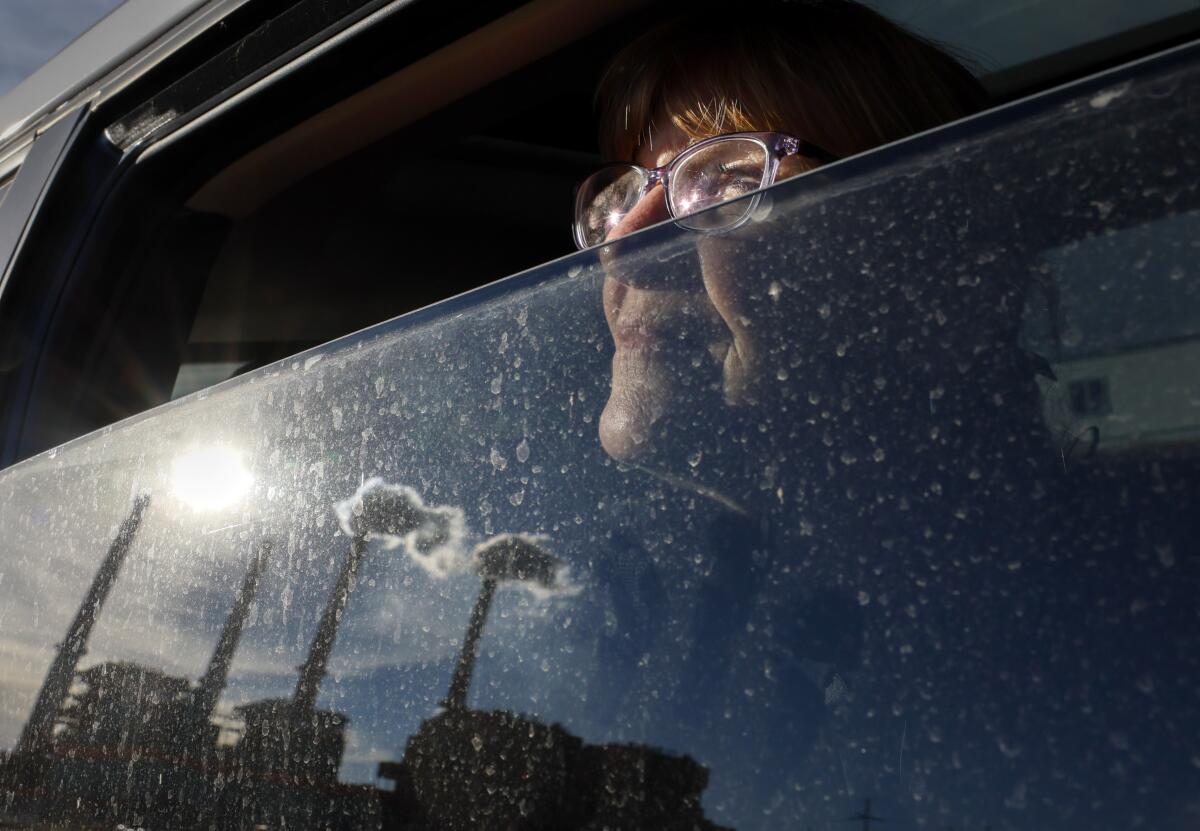
For activists fighting to restore rivers — and bring back salmon with whom Indigenous tribes share a sacred bond — that might mean deciding which dams are the highest priorities for demolition, and accepting that others have to stay, at least for now.
For wildlife lovers who hate solar and wind farms spread across thousands of acres — and rooftop solar advocates who hate that monopoly utility companies control our energy supplies — it might mean coming to terms with the math showing that small local solar systems alone will never come close to powering modern society, not without radical changes to modern society.
I wish radical changes were easier. I really do.
If we could turn the levers of capitalism and bureaucracy and human nature on a dime, that would be incredible. If we could snap our fingers and create a world that were far more energy efficient — a world in which Los Angeles and other big cities were built around people, not cars and trucks; in which money weren’t the dominant force in politics; in which China and India weren’t building so many new coal plants; we’d be well positioned to solve the climate crisis with few painful changes.
But did anyone else notice it took nearly 35 years after climate scientist James Hansen testified to Congress that global warming had already begun for lawmakers to finally pass a major climate law, President Biden’s Inflation Reduction Act? Or that President Trump won election in 2016 after calling climate change a hoax, and that he might win a second term this November?
The forces of greed are strong. So are the forces of inertia and fear.
People hate it when their power goes out, even for just a few hours. California Gov. Gavin Newsom has spent four years trying to avoid a repeat of 2020’s brief rolling blackouts, triggered by a shortage of after-dark solar power during a heat wave worsened by global warming. Newsom has even worked successfully to extend the life of gas plants that contribute to global warming.
The electric monopolies, gas utilities and oil refineries that have spent two centuries smothering us with fossil fuels, meanwhile, are driven by profits. But they’re also creatures of habit, just like you and me. They’re risk-averse by design, sprawling operations staffed by thousands of people and inherently fearful that rapid change will scare off customers and investors alike.
I’m not excusing their failure to stop poisoning us. But they needed to be prompted by strong government policy. They need us to vote for better politicians who will appoint better regulators who will enact better regulations that force them to change.
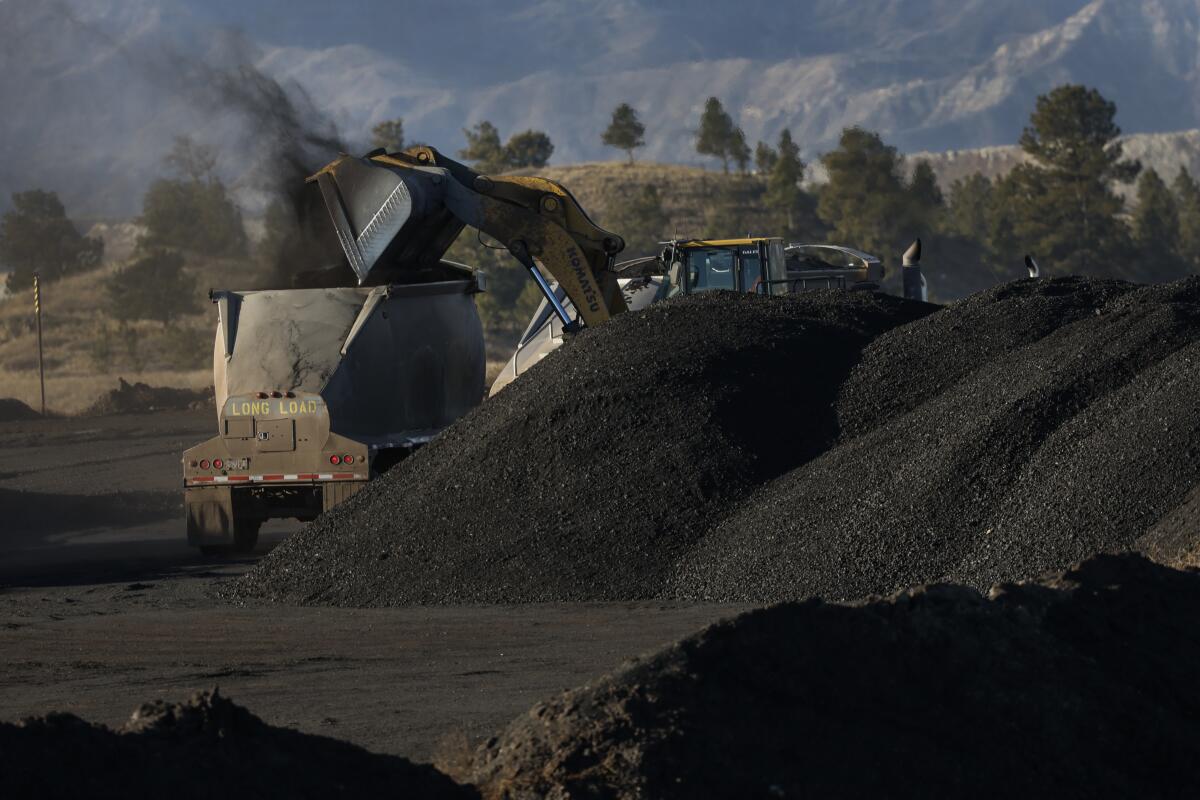
To my mind, there’s no way around it: Our best odds of avoiding catastrophic warming lie in building off of an imperfect status quo. Let’s move as fast as we can to slash climate pollution while trying to cause as little residual damage as possible.
It won’t be perfect. It won’t make everyone happy. Change never does.
But it’ll be a hell of a lot better than the alternative.
If you’re willing to risk the fate of human civilization on the bet that we can radically reconfigure our energy systems in the next decade without any inconvenient changes — either by striking down and reforming capitalism, or by way of some technological dream come true, such as nuclear fusion — you keep working on that. I’m probably not going to change your mind.
But that’s not a bet I’m willing to make.
I’m 31 years old. I hope to live for a long time, and to have children and grandchildren someday. If beating back the worst harms of the climate crisis results in some environmental side effects — and entrenches some of the less equitable aspects of capitalism — I’m willing to live with that. If it involves some jarring lifestyle changes, like giving up gas stoves and throwaway plastic takeout containers — both of which are terrible for our health anyway, by the way — then I’m willing to live with that too.
Change begets change begets change. It’s a scary thought. But there’s also power in it.
The more Imperial Valley farmers switch from hay to solar panels, the more of their neighbors might decide it’s worth exploring. The more conservative billionaires invest in wind turbines, the more of their wealthy brethren might do the same. The more red-state power companies declare 100% clean energy targets, the more electric utilities might follow their lead.
Those are a few of the stories we’ve told as part of The Times’ Repowering the West series. I hope you’ll read them if you haven’t yet, especially the latest entry, focused on Montana. I’ll have several follow-up pieces in the next month or two.
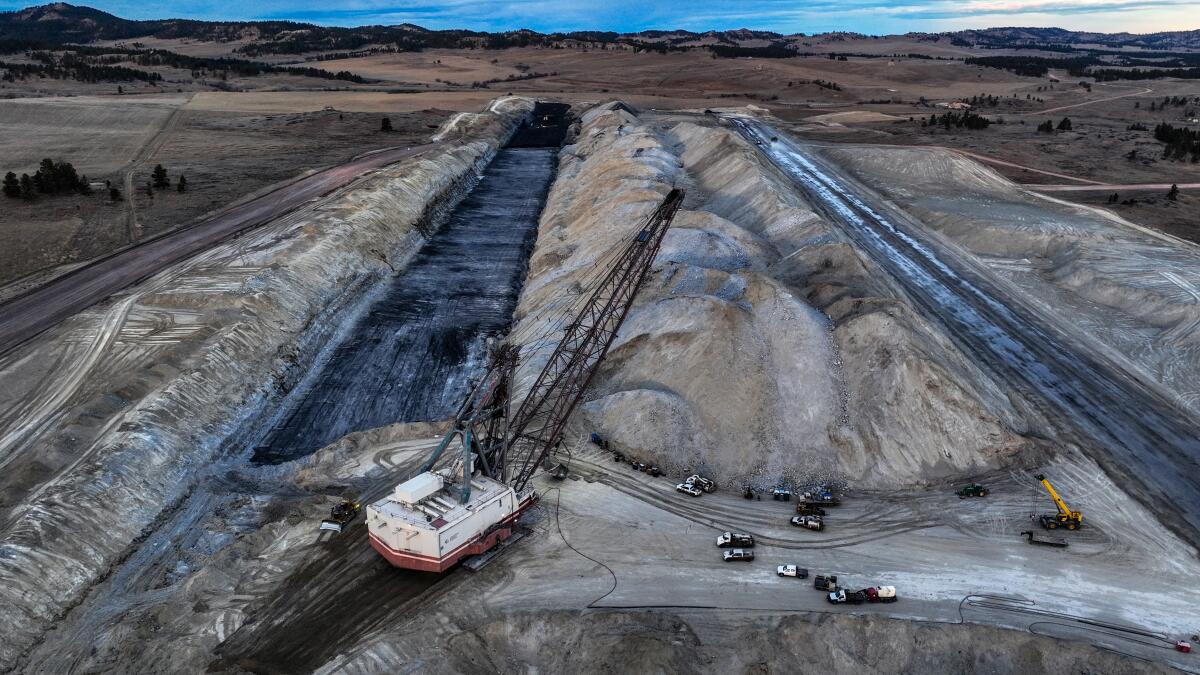
Change can be a powerful, self-fulfilling force at the individual level too.
When we vote and hold politicians accountable, we make change. When we show up at protests and talk about the climate crisis on social media, we make change. When we subscribe to news outlets that cover global warming, and take steps in our own lives to reduce heat-trapping pollution, we make change — and not only that, we spur others to do the same.
That’s why the Janitor on “Scrubs” was so scared. He knew that if one person started changing their life, others would follow.
I’m hoping to change myself. After a decade of reporting on challenges facing clean energy, I’ve decided that every story I write needs to propose at least one explicit solution. If I’m going to spend thousands of words detailing barriers to climate progress, I also have to suggest ways past those barriers. It’s not enough for me to say “big solar farms destroy wildlife habitat” or “rooftop solar panels are expensive” and then shrug my shoulders and move on. We don’t have time for that.
We do have time to change the world — just not much time.
To quote Lemony Snicket, let’s make the brave choice and get scared later.
ONE MORE THING
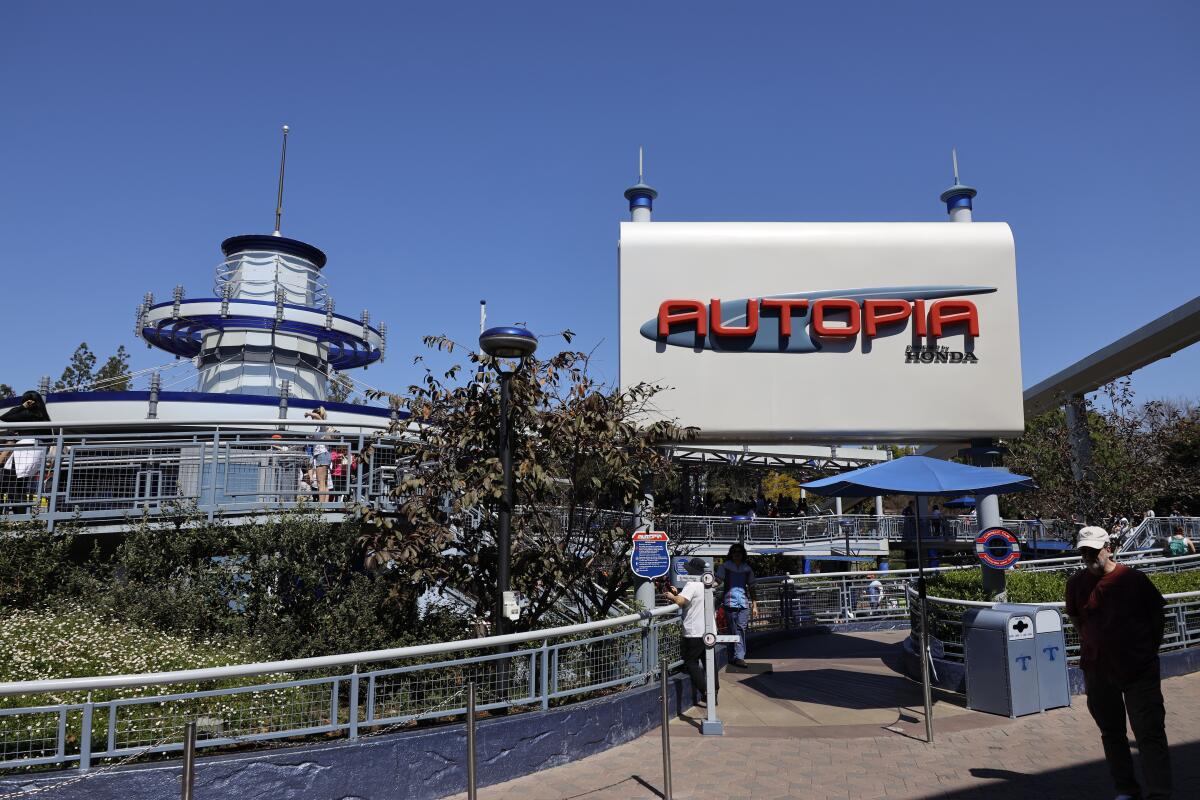
Earlier this month, I reported on Disneyland’s excellent decision to ditch gas-guzzling cars at its classic Autopia ride. I also made the case for an overhaul of the park’s Tomorrowland section that would put clean energy and sustainability front and center.
Tomorrow (Friday) at 5 p.m., I’ll discuss my reporting with Dusty Sage, founder of Disney fan site MiceChat, live from Disneyland. We’ll talk Autopia and Tomorrowland as we walk through the park. You can watch the livestream on MiceChat’s Facebook page.
It’ll be fun. If you happen to be at Disneyland tomorrow, DM me on Twitter if you want to say hello.
This column is the latest edition of Boiling Point, an email newsletter about climate change and the environment in California and the American West. You can sign up for Boiling Point here. And for more climate and environment news, follow @Sammy_Roth on X.
Toward a more sustainable California
Get Boiling Point, our newsletter exploring climate change, energy and the environment, and become part of the conversation — and the solution.
You may occasionally receive promotional content from the Los Angeles Times.




